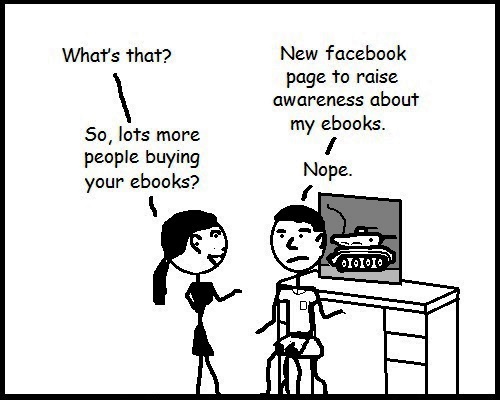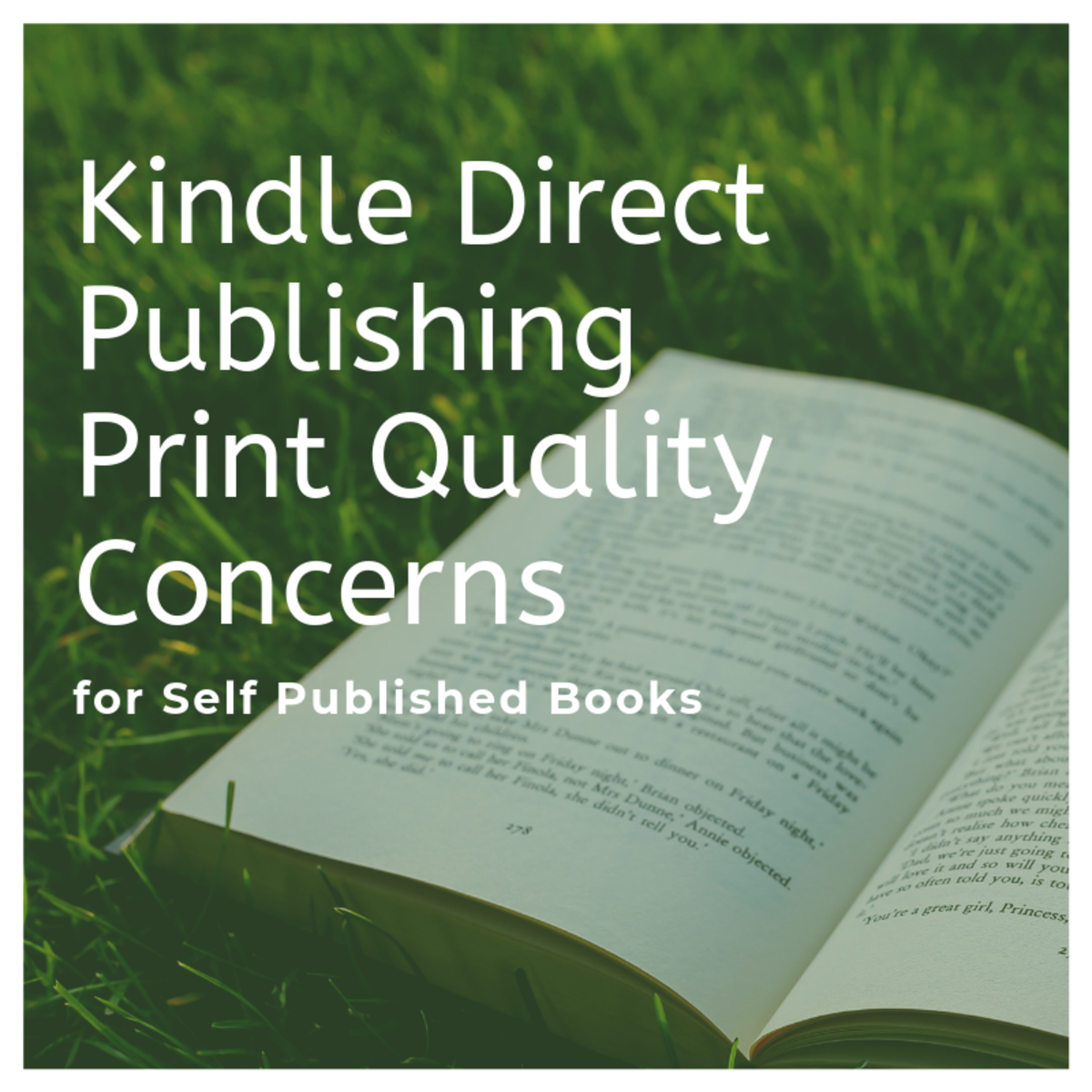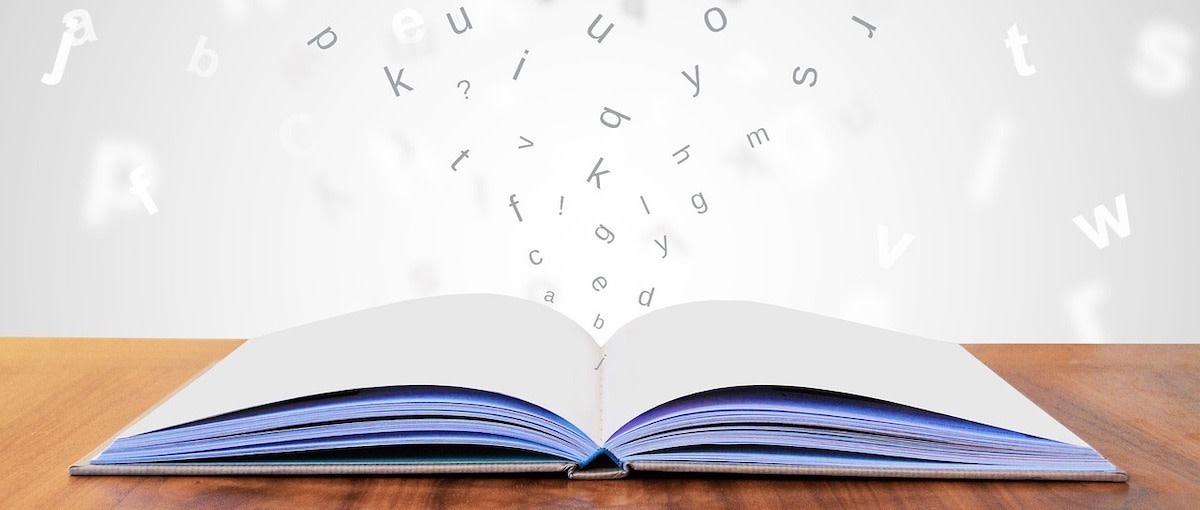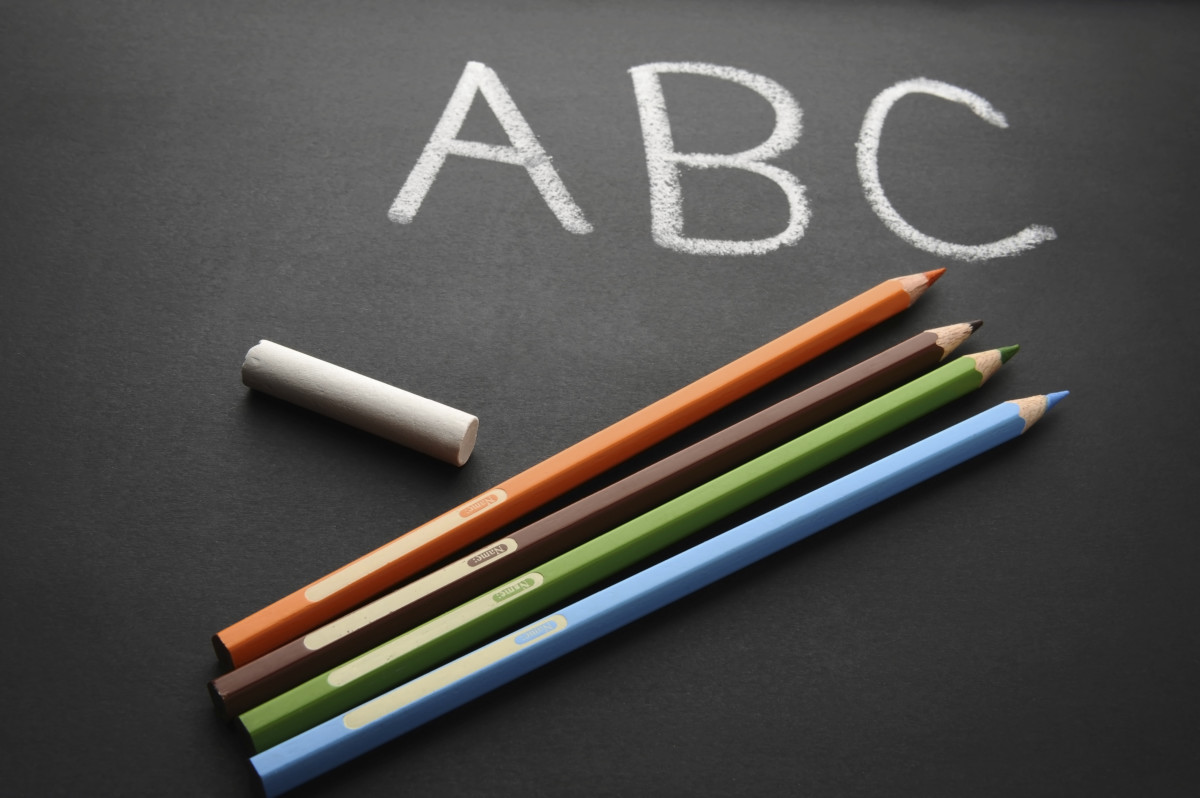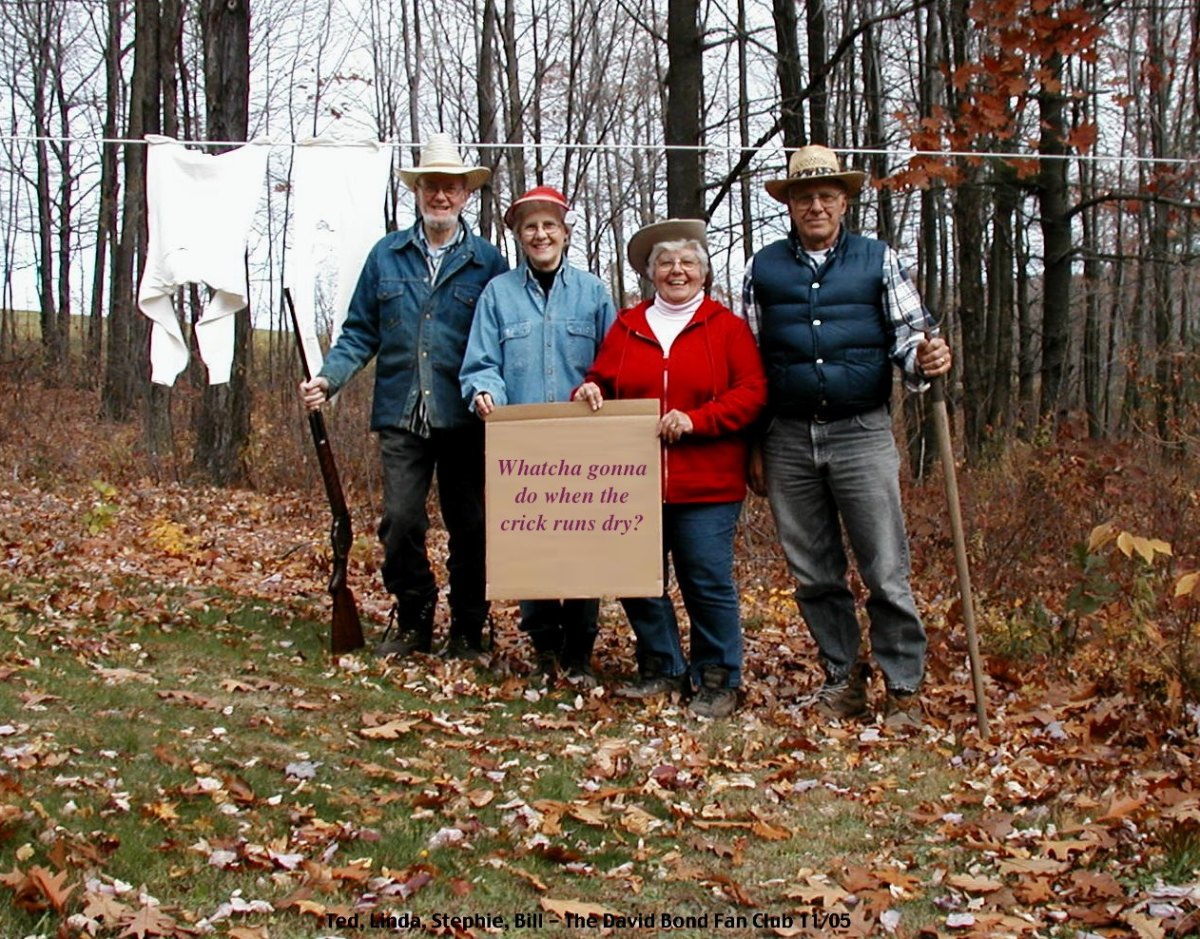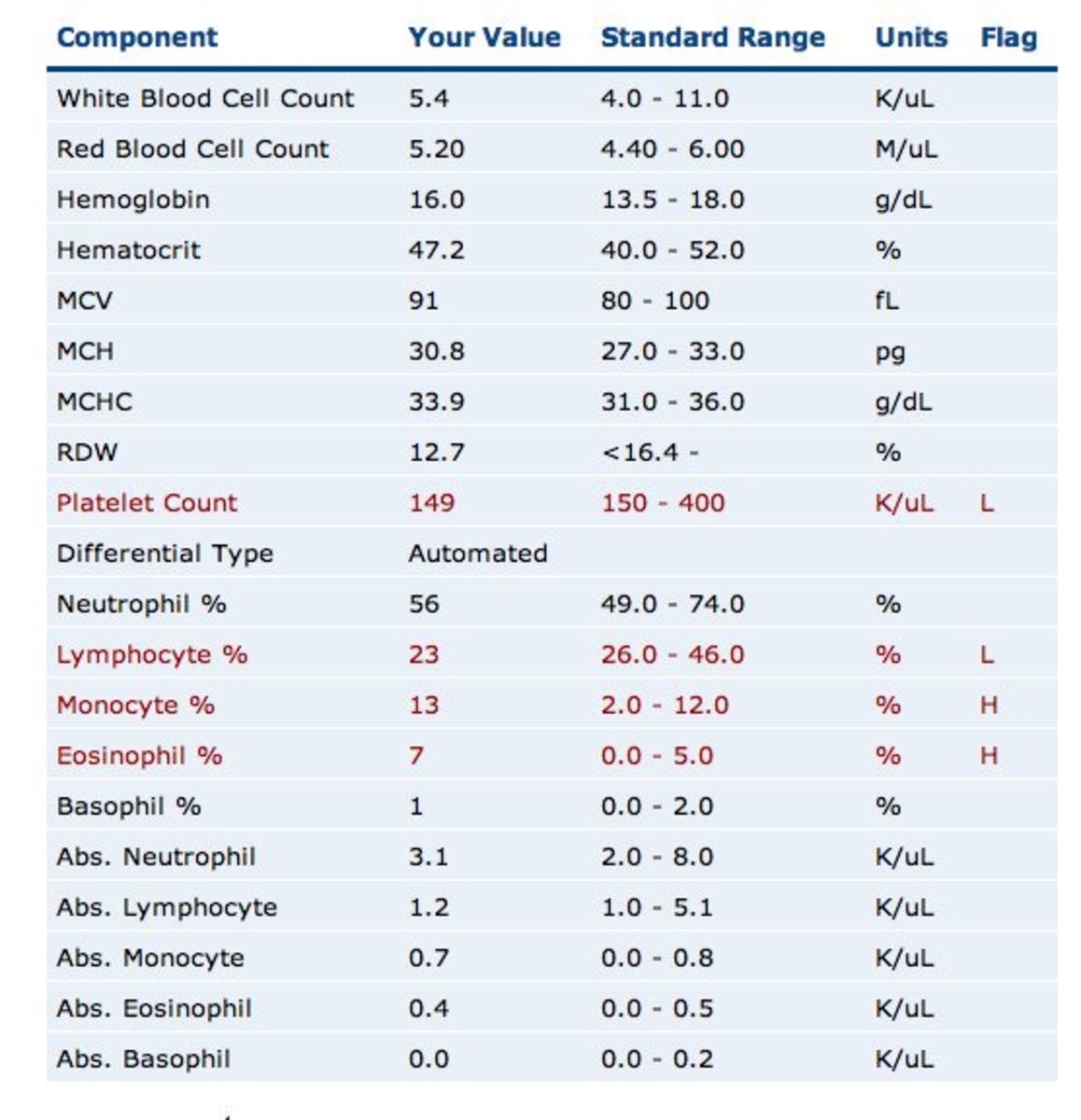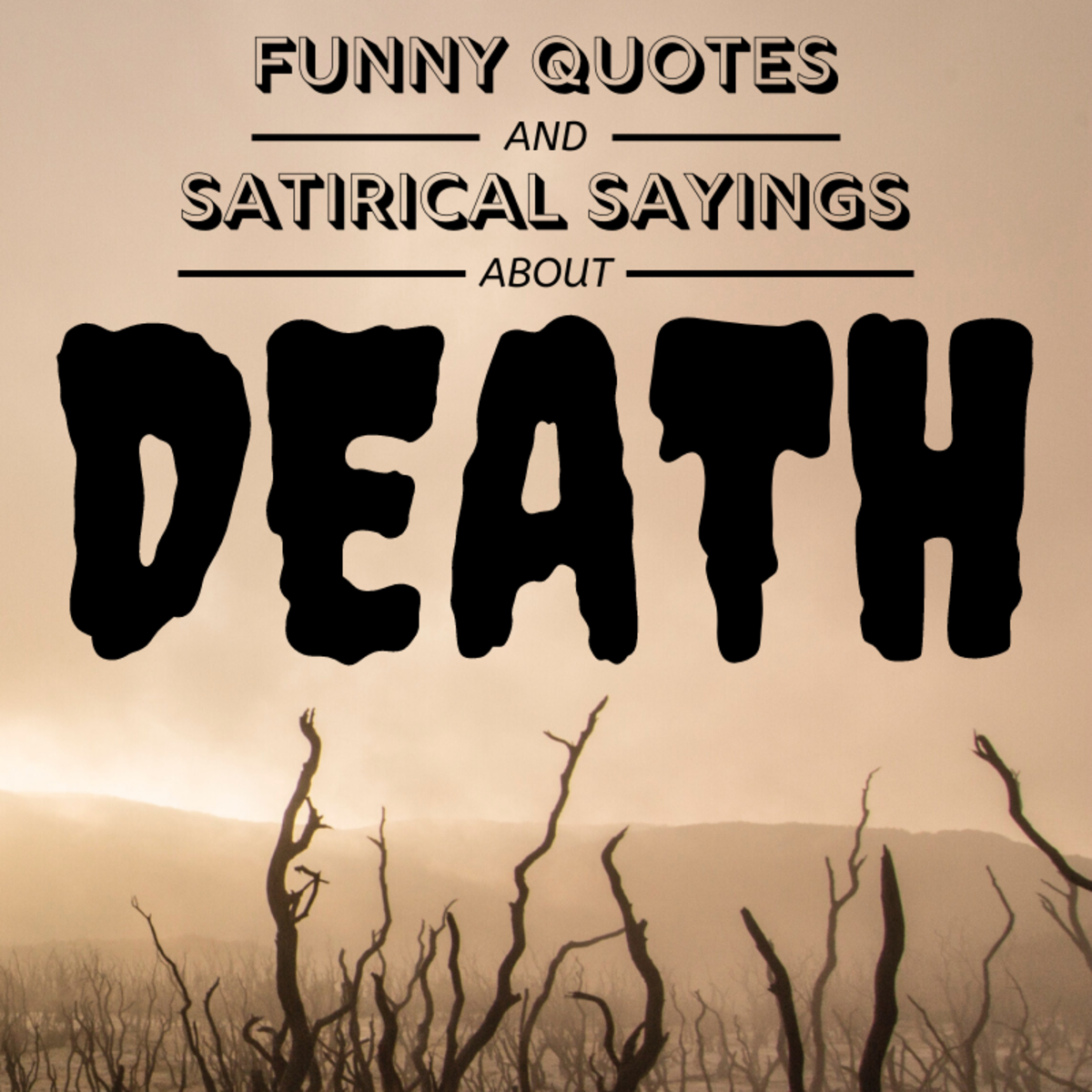How to Use Kindle Direct Publishing
Book Cover

I really like Kindle Direct Publishing. It takes all the hassle out of self-publishing, and most importantly, it costs nothing. It is FREE! But there are some things to know before jumping in.
The manuscript must be perfectly edited.
Because any mistakes, any typos, anything like that, will be put right out there for the reading public to see. I uploaded a novel, and pleased with myself, I put the free sample on my Kindle, and read happily along and then there it was: the number ‘1’ in place of what was supposed to be an ‘l.’ And then later, end quotes missing from a line of dialogue, and later, a wrong word. Spell checker doesn’t care if you write ‘form’ or ‘from.’ I was horrified. I went back through the entire manuscript again and fixed every error. Fortunately, Kindle Direct Publishing allowed me to upload the cleaned-up manuscript, so now I can sleep better at night. When I put a novel out there for sale, I owe it to the buying public to give them the best novel I can.
Have a good book cover.
The picture that is the book cover is very important. But unlike physical books, the picture is very small so a lot of tiny detail won’t be visible to the readers shopping on Amazon. I chose to use a picture I had taken, used Paint to change the dimensions (pixel width and what-not) to suit the book cover, put it on a PowerPoint slide, and then used PowerPoint text boxes to put the title nice and big on the front with my name, just large enough to read. Then the hard part, copy and paste the PowerPoint slide onto Paint, save as a jpeg, and then… Then the easy part: uploading the cover image to Kindle Direct Publishing.
Know the format that works.
I used Rich Text Format. Originally I wrote the novel with an Amiga 500 using Word Perfect. Then recently I scanned it as text to a Word 2007 document, but then saved it as a Rich Text Format document. And the formatting and the typos were a nightmare. I then copynpasted the entire thing to Notepad, to get rid of all the formatting. Then a very close editing as a Rich Text Format word document. Also on the settings: for Paragraph, I used Alignment, justified. Indentation, first line, 0.5” Spacing, before and after, 0.0. Line spacing, 1.5
At the end of the title page and at the end of every chapter, I inserted a page break. The page breaks are very important, to make sure each new chapter starts on a fresh page. Then I saved a copy of it as "web page, filtered" and uploaded that copy to Kindle direct Publishing. I’ve seen how it looks on the Kindle and I’m satisfied.
Be patient.
I got carried away. I immediately wanted to log on and look at my Bookshelf page and kept missing the password, or maybe I kept misspelling 'gmail,' I'm still not sure. Frustrated and impatient, I must have accidentally clicked to make a new account rather than log on, and in so doing, created a new account, and freaked out when my book had disappeared. I put the book back up there, (dang it!) and then had two separate editions awash in the ether of the WWW. But not to fear, Amazon author support helped immensely and the problem was resolved. With only a couple of e-mails, things were taken care of.
Market the book.
It’s a narrow audience, people willing to pay for electrons, people tech-savvy enough to read novel-length works on electronic devices. I put my book on Face Book by simply copy and pasting the web address of the Amazon listing into my status. But that way, it's only visible to my e-friends. So far, so good. Another tactic is I used to advertise at the end of all my Hubs with an Amazon ad capsule, but the prices were wrong so I stopped doing that. Digital ad campaings are hardly worth the effort or money and the 'advice' from marketeers about authors going about the Internet making asses of themselves with blogs and tweets and F-book pages and discussion baords and what-not, that's just a bad idea. I did all that and my sales fell and have yet to recover. Readers who like my novels may not like me personally. Why risk it?
Just write a good story and give it a good cover and a good title and readers will find it.
Paper book publishing remains an option.
Even though I’ve published as an e-book, the option to put the book into print still remains. Right there on my Author page is a handy link I can press any time to get that process started, through CreateSpace. That option, for me, looks like I’d have to spend about a grand to get what I want, and to make it profitable for me, I’d have to set the per-book price at over twelve dollars and then sell over a thousand hard-copy books. We’ll see. Waiting to see what results I get from the e-book.
Also wondering, who wants paper books?
And one last thing…
The rights. I wrote the book myself. As far as I know, I got the rights. Certainly didn’t sign away anything to anybody. I got an inch-thick stack of rejection letters from traditional publishers to prove it. When I e-published, I checked the box that declared that this book is mine, that I alone have worldwide rights. I suppose that’s good enough.
Recently Added
Changes at Kindle Direct publishing have made it possible to upload a Word document, with pictures included, and the results are fantastic. I recently went back and updated my ebooks by uploading them to KDP as Word documents and they do look better than before.
Book Promotion
